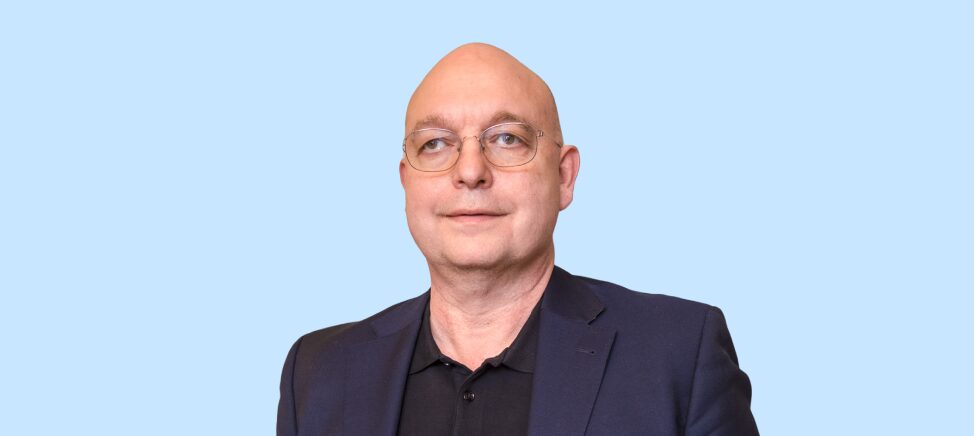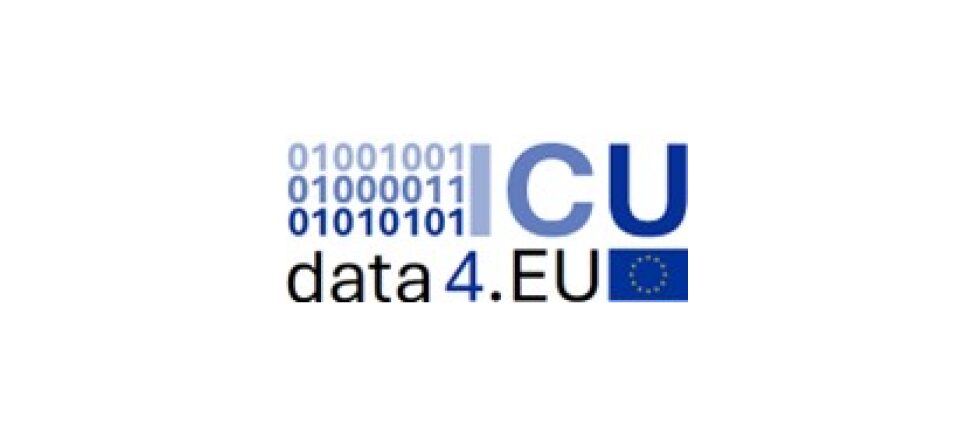Newsletter 2025
Interview with Niek Sperna – New Chair of the ESAIC Sustainability Committee

Congratulations on your appointment as the new Chair of the Sustainability Committee, Niek. Could you share with us what inspired you to apply for this position and what excites you the most about leading the Committee?
My experience working on sustainability in the Netherlands, particularly with successful projects like reducing anaesthetic gases and setting up a national network of Green Operating Rooms (OR), inspired me to apply for this position. What excites me most is the opportunity to lead and bring about meaningful, large-scale change in the sustainability of healthcare practices across Europe. Sustainability in healthcare is crucial, and it’s an exciting challenge to lead efforts that can make a real difference.
Driving sustainability in healthcare requires balancing innovation with patient safety. How would you lead the Committee to promote sustainable practices in perioperative and clinical care while ensuring patient safety remains a top priority?
I believe that sustainability and patient safety can go hand in hand. We can learn a lot from the patient safety movement, which has evolved significantly. Patient safety is, and will always be, a top priority. However, there are often unnecessary safety margins that are used which do not necessarily improve patient outcomes but can have a negative impact on sustainability. My goal is to ensure we prioritize both sustainability and safety, finding low-hanging fruit in sustainability that doesn’t compromise safety but rather complements it.
The Committee focuses on four key areas: direct emissions, energy use, waste management, and staff well-being. Each of these areas presents unique challenges. How would you prioritise these scopes in both high-income and middle-income countries to ensure effective and equitable implementation across Europe?
It’s important to recognize that middle-income countries often have more sustainable practices than high-income countries, partly due to limited financial resources. Many sustainability initiatives also lead to cost savings in the long term, which can make them appealing to both high- and middle-income countries. My approach would be to tailor solutions based on the financial context of each country. In high-income countries, the focus could be on innovation driven by novel technology, while in middle-income countries, efficiency initiatives that require fewer resources but still provide substantial benefits can be prioritized.
Promoting sustainability depends on both education and engagement. How do you plan to encourage a culture of sustainability among healthcare professionals, inspiring them to adopt lasting and meaningful changes in their practices?
Healthcare professionals have sworn to do no harm, which includes harm to the environment. By appealing to this fundamental principle, we can motivate them to consider the broader impact of their decisions. I plan to foster a culture of sustainability by emphasizing its ethical importance and providing evidence-based, actionable strategies for making sustainable changes in everyday practice. Engagement and education are key to inspiring lasting, meaningful changes.
We live in an evidence-based world. How would you leverage available data, such as carbon footprint metrics, to guide the Committee’s strategies and demonstrate measurable progress toward sustainability goals?
Data is essential for guiding our sustainability strategies and tracking progress. While data is important, we must also recognize that some transitions are so clear that we shouldn’t delay them by waiting for more research. Data will guide us, but the urgency of sustainability means we must act swiftly when the case is clear.
When your term as Chair comes to an end, and you look back on your tenure, what achievements would make you most proud? What legacy would you like to leave for the Committee and the wider anaesthesiology community?
One of the key achievements I hope to see is the de-implementation of volatile anaesthetics across Europe, especially with the impending ban on desflurane in 2026. In the Netherlands, we’ve already reduced our carbon footprint by 74%, and many hospitals across Europe have phased out volatile agents completely. By the end of my term, I hope we can look back on the widespread adoption of ‘TIVA as default’ practices across Europe, significantly reducing our environmental impact.
Lastly, if you could share a personal message with the community of anaesthesiologists, what would you say to inspire collective action toward a greener, more sustainable future in healthcare?
I often use a quote from Barack Obama: “We’re the first generation to feel the impact of climate change, and the last generation that can do something about it.” It’s our responsibility to act now and lead the way in making healthcare more sustainable for future generations. Together, we can create a positive, lasting impact on both our patients and the planet. Let’s take bold steps toward a greener future.
Author
- Nicolaas H. Sperna Weiland, Chair of ESAIC Sustainability Committee, Scientific Director Centre for Sustainable Healthcare, Amsterdam UMC, University of Amsterdam










